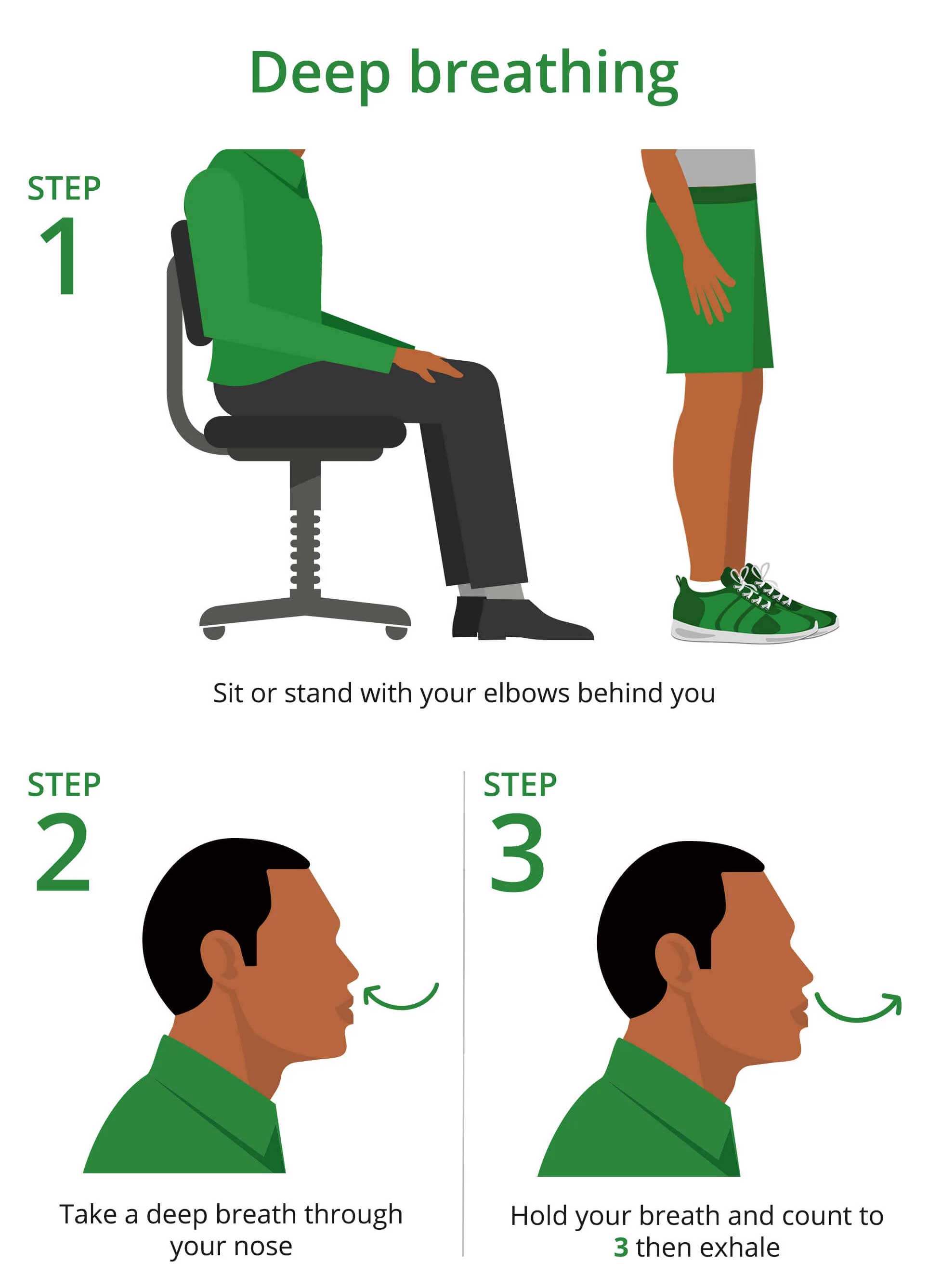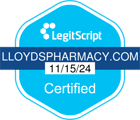Jump to section
COPD breathing exercises
Chris Turner, Doctor and Medical Writer, BSc and MBBS | Aug 1, 2022

COPD is a collection of chronic lung diseases that lead to shortness of breath, coughing and mucus. If you have COPD, one of your main symptoms might be breathlessness, especially when you’re active.
Breathlessness can make you feel anxious, which can make the shortness of breath seem worse. This article aims to show you some exercises that may help your breathlessness and let you keep control of your COPD.
In this guide, we’ll cover:
- How exercise can improve your health
- Breathing exercises for COPD
- Pursed lip breathing
- Diaphragmatic breathing
- Coordinated breathing
- Deep breathing
- Huff cough
- Exercise precautions and safety tips
How exercise can improve your health
expand_moreExercise is excellent for both your body and mind. For COPD, exercises that work your lungs and heart are especially beneficial. Remember that before you start a new type of exercise, or change how hard you are exercising, it is a good idea to discuss with your healthcare team.
These can:
- Allow your body to use oxygen better
- Improve your symptoms, especially breathing
- Strengthen your heart and lower your blood pressure
- Give you more energy during the day
- Help you sleep better
- Help you lose weight
- Improve your mental health
Breathing exercise precautions and safety tips
expand_moreIf you have a chronic lung disease such as COPD, exercise can benefit your physical and mental health. However, because physical activity can strain your heart and lungs, it is essential to ensure that you do not overdo it. This could lead to fatigue, worsening your COPD or other medical issues.
If you’re planning to start a new exercise programme, especially if you have severe symptoms of COPD, it’s a good idea to discuss this with your doctor or a healthcare professional. They can help you plan an exercise regime that works around your abilities, allowing you to remain active.
If your COPD symptoms seem worse than usual, you should stop exercising and wait until you feel better. If your COPD symptoms do not improve, you should see your GP or a member of your healthcare team.
You may find that some of these breathing exercises or techniques can help you when you feel breathless. It is a good idea to discuss any new technique that you have learned with your healthcare team to ensure that it will help you.
Breathing exercises for COPD
expand_moreThere are several breathing exercises that you can try for yourself. The NHS advises that breathing techniques can help when you feel breathless. Everybody is different, so you may find that one exercise helps you much more than others. The key is to find activities that work well for you and that you can integrate into your daily life.
Pursed lip breathing
Pursed lip breathing can be a great help if you’re short of breath, especially during exercise. Take the time to slow down and focus on your breathing using the pursed-lip technique:
- Take a breath in for two seconds through your nose
- Breathing out for four seconds through pursed lips, almost as if whistling
Slowing down your breathing, and giving you time to catch your breath, may mean that you can exercise for longer and help you feel more in control of your symptoms.

Diaphragmatic breathing
The diaphragm is the primary muscle involved in breathing. As it contracts, it pulls air into your lungs. If you have COPD, and especially when you’re short of breath, you may use muscles in your neck, shoulders, ribs and back to breathe.
To practice this exercise:
- Sit or lie down with one hand on your chest and the other on your belly.
- Take a breath in through your nose for five seconds. You should feel your belly move more than your chest.
- Breathe out slowly through pursed lips whilst pressing lightly on your stomach.
- Repeat the exercise five times if you can.
Diaphragmatic breathing exercises aim to retrain the diaphragm, so it becomes the primary muscle you use to breathe again.

Coordinated breathing
Coordinated breathing (sometimes called paced breathing) is good to use whilst you are active. It allows you to match your breathing rate to the rhythm of the activity.
To perform this exercise:
- Breathe in through your nose as you start an exercise or movement
- Breathe out as you make a movement or take a step
One of the best things about this exercise is that it doesn’t matter what the activity is, whether small or large; it is equally helpful for both.

Deep breathing
Deep breathing can help you clear your lungs of sputum and feel more in control of your breathing. This may mean that you feel less short of breath.
To do this exercise:
- Sit or stand with your elbows slightly behind you
- Take three to five deep breaths through your nose
- Hold your breath each time and count to three
- Breath out slowly and thoroughly through your nose
- Repeat several times

Huff cough
If you have COPD, the huff cough is an exercise you can do to clear some mucus built up in your lungs. The aim is to do this without making you tired, which a normal cough can do.
To do a huff cough:
- Sit comfortably
- Take a slightly deeper breath than usual through your mouth
- Contract your stomach muscles to blow the air out in three breaths as if you were blowing onto a mirror to make it steam up
If performed regularly, this exercise can help you clear some phlegm that can build up with COPD.

Find more support for COPD
expand_moreCOPD is a chronic lung condition that can lead to breathlessness, cough and mucus production. Working breathing exercises into your daily routine may help you control the symptoms of your COPD and any anxiety they could cause you.
For further advice and information, you can visit our Online Doctor service.
LloydsPharmacy has a range of equipment that might help your COPD. Products that deliver oxygen should only be used by people with COPD after discussion with their doctor.
References
expand_more- www.webmd.com/lung/copd/10-faqs-about-living-with-copd
- www.webmd.com/lung/copd/copd-and-exercise-breathing-and-exercise-programs-for-copd
- www.ncbi.nlm.nih.gov/pmc/articles/PMC4183256
- www.blf.org.uk/support-for-you/breathlessness/how-to-manage-breathlessness
- www.ouh.nhs.uk/patient-guide/leaflets/files/11659Pbreathing.pdf
- www.nhs.uk/conditions/chronic-obstructive-pulmonary-disease-copd/living-with
- https://gaapp.org/copd/exercises







